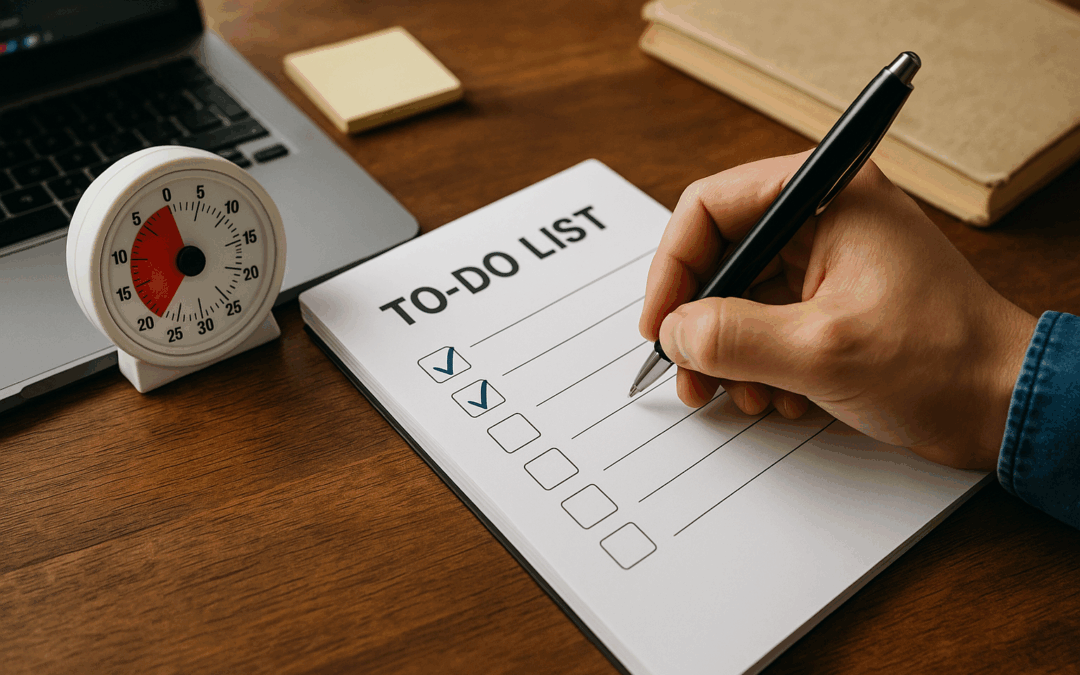If you’ve ever stared at your to-do list and felt frozen, you’re not alone. Procrastination often wins because the tasks feel too big, too time-consuming, or just too overwhelming to start. That’s where the 2-minute rule comes in—a small but powerful strategy that can get you moving, one tiny action at a time. By committing to just two minutes, you’ll find yourself building momentum, reducing stress, and actually finishing more than you thought possible.
How the 2-Minute Rule Works

The premise is simple: if a task will take two minutes or less, do it immediately. Send that quick email, put your coffee cup in the dishwasher, file that receipt—before it piles up. For larger projects, break them down into a small first step that takes no more than two minutes. Writing a report? Start by opening a blank document and writing the title. The magic is in getting started without triggering your brain’s resistance.
Why It Beats Procrastination

Procrastination thrives when tasks seem intimidating. The 2-minute rule eliminates the mental hurdle of “I don’t have time” by reframing the task as quick and painless. Once you’ve started, you often keep going—turning a tiny commitment into meaningful progress. Even if you stop after two minutes, you’ve chipped away at your workload, making it feel more manageable.
Building It Into Your Workflow

To make this habit stick, pair it with triggers in your daily routine. Whenever you open your inbox, scan for any email you can respond to in two minutes or less and do it on the spot. If you’re about to leave your desk, look around for any quick tidying tasks. Over time, your brain starts to default to action rather than delay, keeping your workspace and schedule clearer.
The Big Results from Small Actions

While the rule focuses on tiny bursts of effort, the cumulative effect can be huge. You’ll spend less time catching up on small tasks, experience fewer moments of overwhelm, and feel more in control of your day. In the end, it’s not about doing everything in two minutes—it’s about making the first move so the rest becomes easier.

